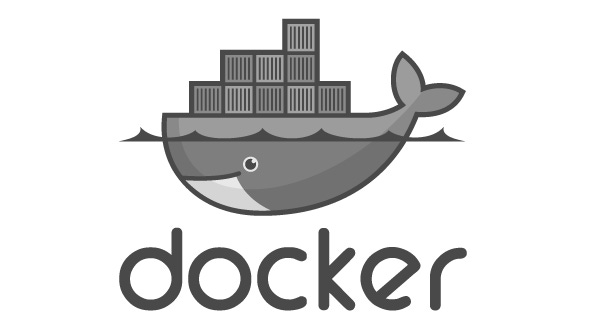Docker's open source "container" approach to virtualization—which is very different from the hypervisor model behind leading enterprise virtualization solutions such as VMware, KVM and Xen—has taken another big step toward maturity with the release of Docker version 0.8.

Docker's open source "container" approach to virtualization—which is very different from the hypervisor model behind leading enterprise virtualization solutions such as VMware, KVM and Xen—has taken another big step toward maturity with the release of Docker version 0.8. Apple (AAPL) Mac OS X support, major performance improvements and more are now available in the platform that could become a major part of the virtualization ecosystem in the not-too-distant future.
Unlike the virtualization hypervisors that power most virtual servers today, Docker doesn't virtualize an entire operating system. Instead, it provides virtualized application containers that run on top of a "bare-metal" host operating system. By virtualizing at the application level, Docker can offer greater portability, efficiency and security.
The concept isn't new. Docker is essentially an extension of Linux Containers, a userspace virtualization infrastructure that has been available as part of the Linux source code for years. But Docker, an open source project that saw its first release in March 2013, aims to modernize the container virtualization model, simplifying deployment and tailoring it to meet the demands of cloud computing and PaaS solutions.
With the release of Docker 0.8 on Feb. 4, the platform now offers official support for Mac OS X. It also benefits from a number of updates that enhance performance, including reduction in the system memory the infrastructure uses and decreases in the time required to build applications and start the Docker daemon.
Docker 0.8 also introduces a new release model. From here on, the project will issue a new version each month, basing version updates on a timeline rather than features. Docker also will adopt simpler numbering conventions for the releases.
Both of these changes, along with everything else in the latest Docker version, point to the growing maturity of Docker. Mac OS X support and a standardized release cadence don't mean Docker is ready for prime time, and the project is still far from the mainstream adoption phase. But it has come very far in the fewer than 12 months since its first release, and, when it is ready for production, it could dramatically affect the way organizations across the channel think about and deploy virtualization.
About the Author(s)
You May Also Like


